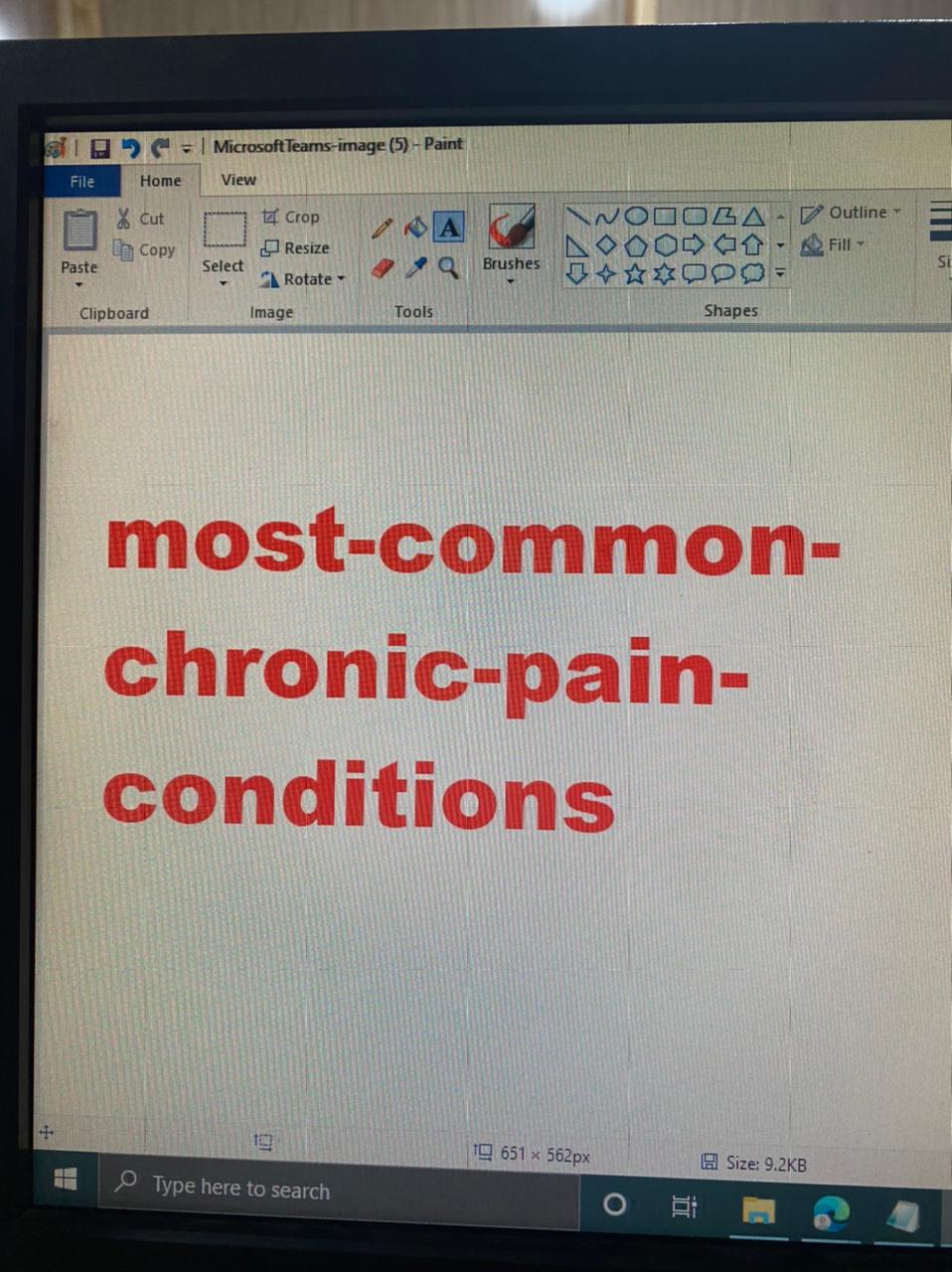Most Common Chronic Pain Conditions

Overview
Approximately 120 million adults in the United States are suffering from chronic pain and face problems in performing their daily routine activities. It adversely affects their quality of life. Here in this blog, we will discuss the most common conditions that trigger chronic pain and how to prevent them.
Summary
- Chronic pain is an ongoing agony that may last for months or even years.
- The most common chronic pain symptoms may include joint pain, muscle aches, burning pain, fatigue, loss of stamina, and flexibility due to decreased activity.
- Several conditions or events, like surgeries, acute trauma, and low back pain, may increase the risk of having severe pain.
- The approach for preventing chronic pain should be multidimensional – the right medications, better education, counselling, exercise, physical therapy, and a good diet.
What Is Chronic Pain?
Chronic pain is an ongoing pain that may last for months or even years. You may experience it even after its cause, i.e., injury has been healed or gone away. This type of pain may affect your regular activities adversely.
Chronic Pain Symptoms
You may feel chronic pain anywhere in the body. Some of its most common signs and symptoms may include:
- Joint pain.
- Muscle aches.
- Fatigue.
- Loss of stamina and flexibility because of decreased activity.
People with severe pain may also experience other symptoms involving tiredness, sleeping issues, and mood problems, including anger, depression, low self-esteem, frustration, or anger.
Conditions Triggering Chronic Pain
Pain management strategy is mainly dependent on the source of pain. If it occurs as a byproduct of an ongoing health condition, your doctor’s primary objective would be to provide you with maximum comfort and help to alleviate pain. In case of any injury or event, your specialist’s focus would not be just on its treatment plan but also on chronic pain prevention. At this point, it would be worth asking- would we be able to keep acute pain from becoming chronic?
The answer is not that simple, as pain is complex and different in every individual. But, you can prevent it from taking hold in the long term by following the guideline provided by your doctor. Like other chronic diseases, including heart attacks and diabetes, you can avoid them by understanding and preventing the risk.
Certain conditions or events may elevate the risk of having severe pain. Some of them are mentioned below:
Simple Steps to Help You Reduce Anxiety
Whether you encounter mild or severe anxiety, you can take some immediate steps to calm yourself down. Here we will share a broad range of natural ways to help you with stress and anxiety effectively.
1. Surgeries
Although most of the surgeries are painful, some are explicitly related to the occurrence of chronic pain. They may include mastectomies, amputations, thoracotomies, joint replacements, and spine surgeries, i.e., laminectomies and fusions. With these surgeries, it is common to feel persistent nerve pain associated with the operation. Researchers are working to find ways to block excessive nerve irritation during these surgeries. Before going for surgery, confirm from your surgeon if it would be appropriate for your situation.
2. Acute Trauma
Acute trauma such as car accidents or fall injuries creates a high risk of developing chronic pain. Usually, there are several reasons for this, associated with both psychological and physical factors. You may suffer from significant jarring to joints, tendons, ligaments, and body nerves due to high-impact injuries resulting from events like falling off a stepping stool or getting rear-ended on the freeway. It may lead to a chain reaction that leaves the musculoskeletal framework over-strained and the nervous system over-activated in quite an intense manner that may not ease up. The emotional response to the injury may additionally enhance it further.
Doctors need to work with patients to treat anxiety. Reducing distress symptoms early after an injury can play a vital role in helping quicker recovery and lessening the chances of progressing into chronic pain.
3. Low Back Pain
Low back pain injuries do not heal with prolonged bed rest and may lead to severe pain. For quick recovery, you need to perform appropriate movements and start doing your daily activities early after a low back injury. You should consult a movement specialist like a chiropractor, physical therapist, or pilates instructor who will provide you a guideline on safe exercises and activities.
4. Other Conditions
Usually, chronic pain occurs due to an old injury, disease, or infection. Sometimes, it becomes difficult for doctors to determine the exact source of pain. Some other conditions that may trigger pain include:
- Back problems.
- Infections.
- Migraines or headaches.
- Cancer.
- Nerve damage.
- Arthritis.
- Fibromyalgia.
- Previous surgery.
Stress and depression also play a vital role in worsening your pain.
Living With Chronic Pain
Lifestyle changes are an essential element for treating chronic pain. It would help if you get regular sleep at night and avoid daytime naps. It is highly advisable to quit smoking because some medicines become less effective due to the presence of nicotine in cigarettes. Smokers also tend to have more pain than nonsmokers.
It can become challenging to live with pain. You need to identify your exact cause of pain. As several components contribute to the occurrence of pain, the approach for preventing it should be multidimensional – the right medications, better education, counseling, exercise, physical therapy, and a good diet.
